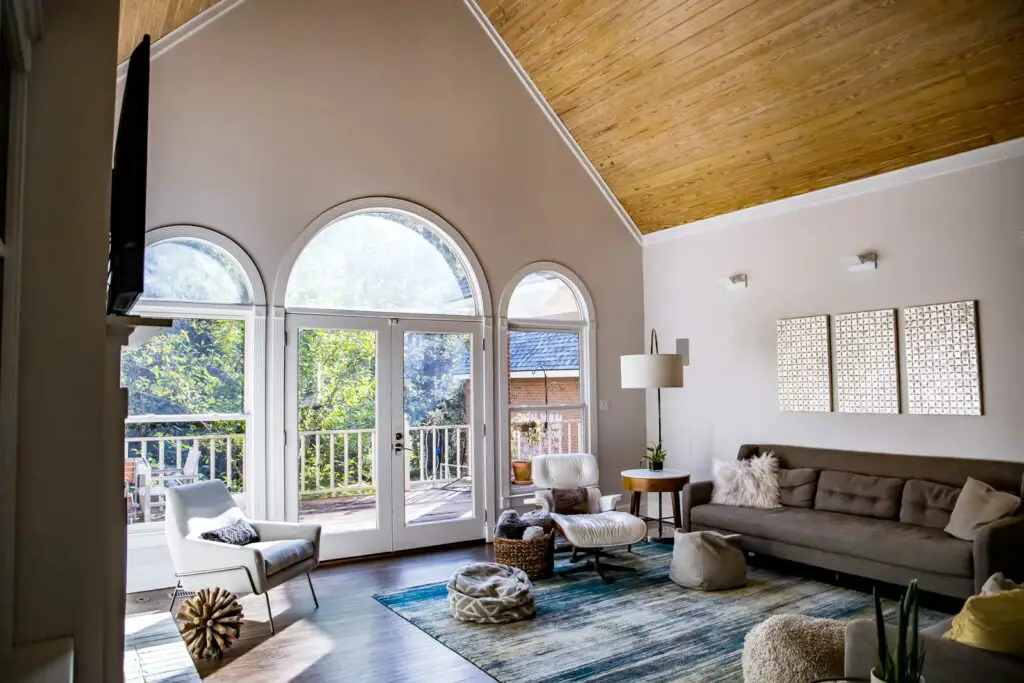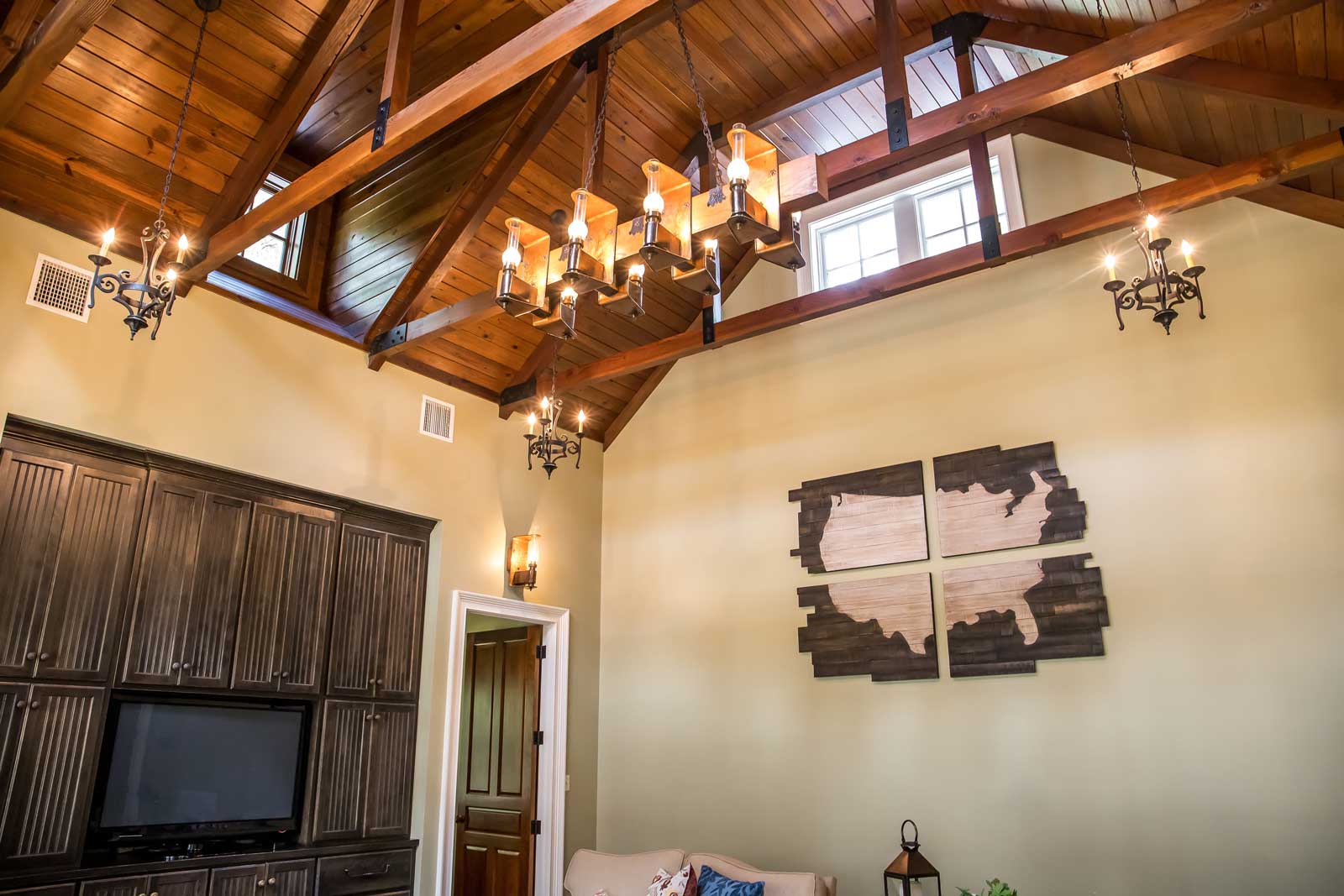If you’re looking to give your home a grand, open feel, then look no further than cathedral and vaulted ceilings! With the help of a good architect, you can create a beautiful tall ceiling with just the right dimensions for your home.
But what makes these two types of high ceilings different?
While both may seem similar at first glance, there are key differences that set them apart. It’s true that all cathedral ceilings are a type of vaulted ceiling, however, not all vaulted ceilings are cathedral ceilings. The are some key distinctions that make a huge difference.
Knowing these distinctions can greatly influence how you approach the interior design style in your home, how much natural light you get, and how all those factors affect your energy and construction costs.
So let’s dive in and explore the unique characteristics of cathedral vs vaulted ceilings, and discover which one is the best choice for your living space.
By the way – before we get too far along here, if you want to connect with other homeowners and builders and get more great ideas for your home to make your space the best join my free private Facebook group, Remodel Reality here.
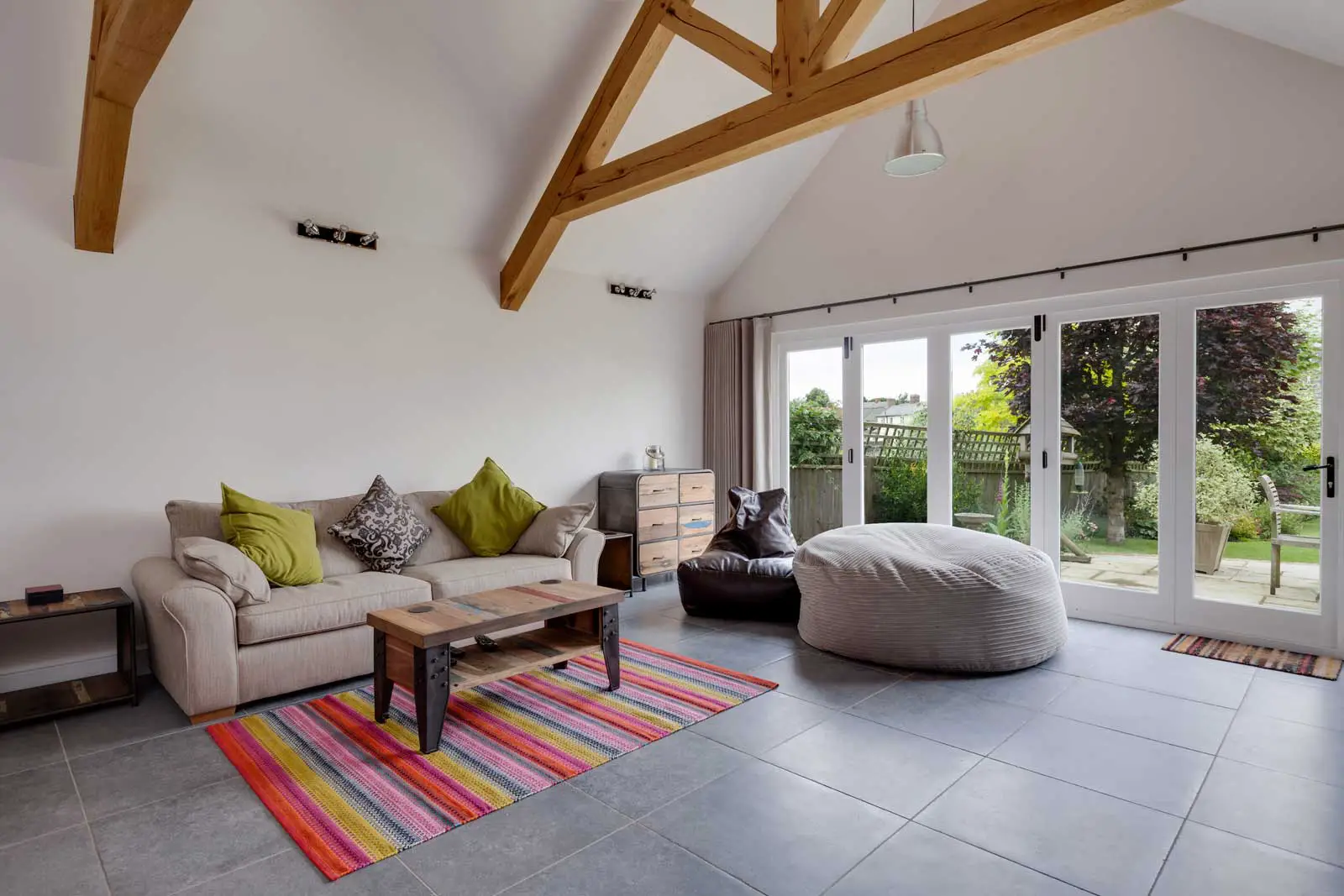
Cathedral Ceiling: A Unique and Stunning Architectural Feature
Cathedral ceilings are commonly found in churches and cathedrals (whence the name is derived), and when the concept is used in home architecture they add a unique character to any home.
These vaulted ceilings are centrally located and symmetrical in shape, with two parallel sides that rise up to form a peak at the center of the room. This type of ceiling creates a dramatic and open space by extending height to its highest point.
Cathedral ceilings create a feeling of spaciousness as light cascades down from the highest point to fill the room below with natural illumination. They bring an attractive yet classical elegance to your décor, making it look stylish and luxurious. In addition, cathedral ceilings help keep heating and cooling costs down since heat is not trapped in tight spaces like traditional flat ceilings often do.
To maximize the impact of cathedral ceilings, you can combine them with other materials such as stone or wood accents for added character and depth. This type of ceiling adds an eye-catching visual effect that adds value to any property while also creating a warm and inviting atmosphere.
Different types of cathedral ceilings
Cathedral ceilings are a popular architectural feature in many homes, adding a sense of grandeur and height to a room. There are several different types of cathedral ceilings that can be used in home architecture, each with their own unique characteristics and benefits. Here are a few of the most common types of cathedral ceilings found in homes:
- Peaked Cathedral Ceiling: This type of cathedral ceiling is defined by its distinct peak at the center of the room, created by two equal sloping sides that run parallel to the roof’s pitch and match the roofline. This style creates an open and dramatic space by opening up the room to the highest possible point.
- Half Cathedral Ceiling: This type of cathedral ceiling only has one sloping side, usually on one half of the room, creating a peaked look on one side of the room.
- Barrel Cathedral Ceiling: A type of cathedral ceiling that features a curved shape that mimics the cross-section of a barrel. Mediterranean or Tuscan-style homes often feature this type of cathedral ceiling, offering a warm and rustic vibe.
Advantages of Cathedral Ceilings
Cathedral ceilings are characterized by their high, sloping rooflines that rise up from the walls of a room to meet at a central point. This type of ceiling can provide numerous advantages for homeowners.
- Creates a sense of grandeur and spaciousness in a room.
- Allows for the integration of skylights or large windows to bring in natural light.
- Can add value to a home due to its architectural appeal.
- Can make a small room feel larger.
- Provides an opportunity for unique and dramatic light fixtures.
- Can enhance the overall aesthetic of a room.
- Allows for the integration of ceiling fans for improved air circulation.
- Provides a unique and interesting focal point for a room.
Disadvantages of cathedral ceilings
Cathedral ceilings are a popular architectural feature in many homes, but they come with some disadvantages.
- Can be difficult and expensive to heat due to the high ceiling.
- Can be difficult to access for cleaning and maintenance.
- Can be difficult to find furniture that fits the scale of the room.
- Can create echo and noise issues in the room.
- Can make a room feel cold and uninviting if not decorated properly.
- Can be difficult to install recessed lighting and other fixtures.
- Can make a room feel overwhelming and imposing if not done correctly.
- Can make a room feel too formal or stiff if not designed with the right style.
Cathedral ceiling characteristics
When it comes to adding a touch of grandeur to your home, a cathedral ceiling is a great option. With its tall and majestic appearance, it can bring a sense of spaciousness to any room. Here are a few characteristics to keep in mind when considering a cathedral ceiling for your home.
- High Ceilings: One of the most obvious characteristics of a cathedral ceiling is its height. Cathedral ceilings typically soar to great heights, creating a sense of spaciousness and grandeur. The added vertical volume can make a room feel larger and more open.
- Straight Sides: Cathedral ceilings are defined by their distinct peak at the center of the room, created by two equal sloping sides that run parallel to the roof’s pitch and match the roofline. The straight sides of a cathedral ceiling help to create a symmetrical design that can be quite striking.
- Sloping and Upper Framework: The sloping sides of a cathedral ceiling give it its unique shape and character. These sloping sides run parallel to the roof’s pitch and match the roofline. The sloping sides and upper framework of a cathedral ceiling are what set it apart from other types of ceilings, such as vaulted or flat ceilings.
- Symmetrical Design: Cathedral ceilings are often symmetrical in design, with the peak at the center of the room and the sloping sides running parallel to each other. This symmetry can give the room a sense of balance and harmony.
- Added Vertical Volume: Cathedral ceilings can add a significant amount of vertical volume to a room, making it feel larger and more spacious. This added volume can create a sense of drama and grandeur, making a room feel special and unique.
Designing with cathedral ceilings
When designing with cathedral ceilings, there are a lot of details to think about to make for a successful and attractive design.
The shape of the roof is one of the most important elements. It needs to be symmetrical in order to achieve the desired effect. It is also important to consider the pitch of the roof, as a steeper angle will create a more dramatic effect in the room. The length of the room should also be taken into account when calculating how high your ceiling should go.
For a more modern take on cathedral ceilings floor-to-ceiling windows can be a great option for natural light to flood in and give your home an extra sense of spaciousness.
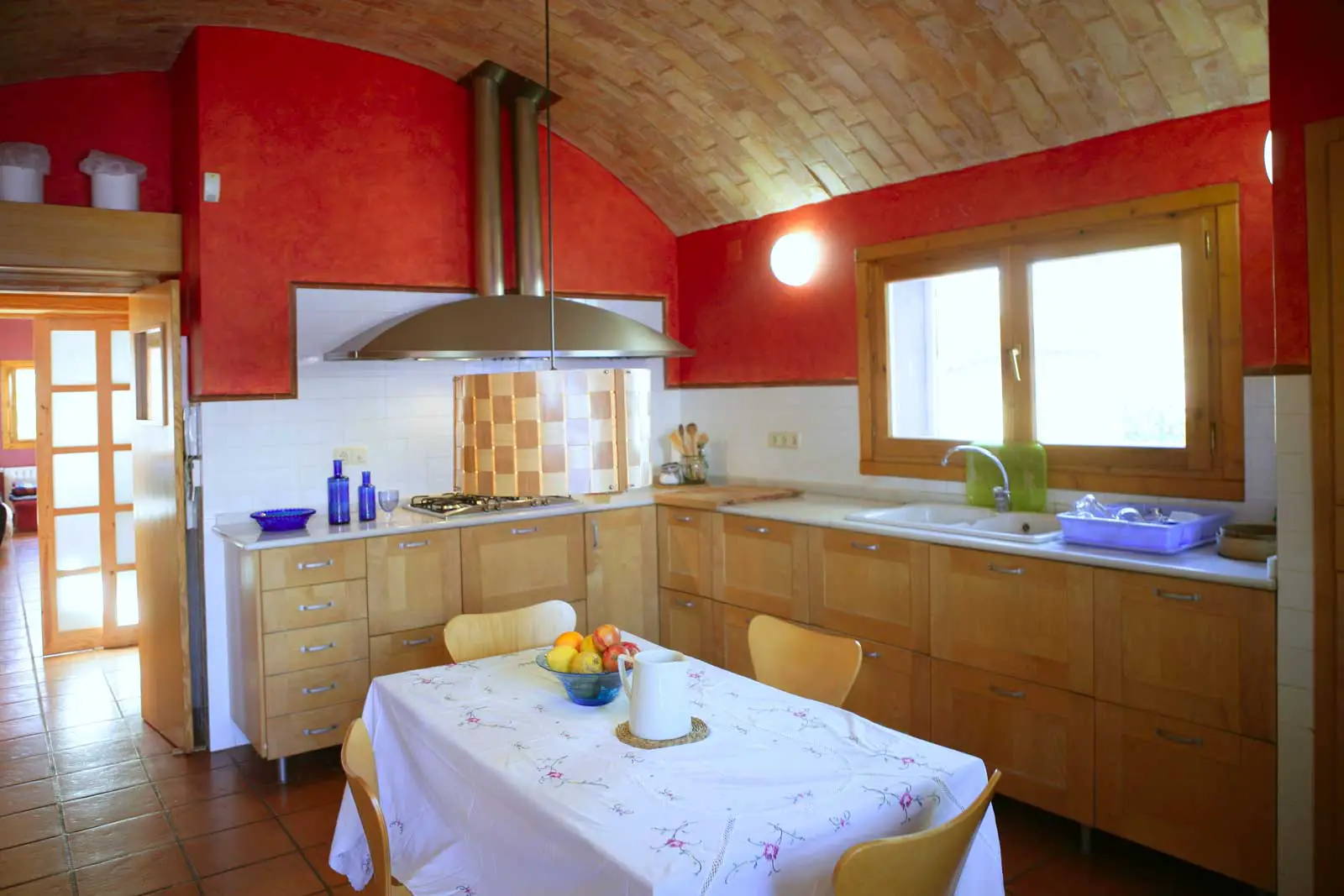
Vaulted Ceilings: A Distinctive and Dramatic Choice
Vaulted ceilings, also known as arched ceilings, are a popular architectural feature in modern homes. They consist of a self-supporting arch between the walls and roof, and do not necessarily follow the pitch of the roof. This allows for more styling options than a traditional cathedral ceiling. In this article, we’ll explore the different types of vaulted ceilings and the advantages and disadvantages of incorporating this architectural feature into your home.
Different styles of vaulted ceilings
There are several different styles of vaulted ceilings to choose from, including barrel vaulted, groin vaulted, and dome vaulted.
- Barrel Vaulted Ceiling: Also known as a wagon vault, this type of vaulted ceiling is characterized by one uniform arch that extends across the entire room, giving the appearance of looking into the vertical cross section of a barrel. This style is often seen in large, open spaces such as great rooms or dining rooms.
- Groin Vault Ceiling: This type of vaulted ceiling is formed by intersecting two barrel vaults at a right angle, creating an edge or a “groin”. This style is often seen in smaller spaces such as hallways or entryways, and can add a sense of grandeur and drama to a space.
- Dome Vaulted Ceiling: A dome vaulted ceiling is one that has a dome-shaped design in the center of an otherwise flat ceiling surface. It’s commonly seen in religious and public places and makes spaces look more grand and dramatic.
- Tunnel Vault Ceiling: This type of vaulted ceiling is characterized by a series of arches that are arranged in a row, creating a tunnel-like effect. This style is often seen in long, narrow spaces such as hallways or corridors.
- Rib Vault Ceiling: This type of vaulted ceiling is characterized by a series of arches that are supported by ribs. This style is often seen in large, open spaces such as great rooms or dining rooms and can add a sense of grandeur and drama to a space.
Advantages of a vaulted ceiling
There are several advantages to having a vaulted ceiling in your home:
- Creates a sense of grandeur and drama in a room, making it feel larger and more open.
- Allows for more natural light to enter the room, creating a brighter and more inviting space.
- Offers more design options than a traditional flat ceiling, such as barrel, groin, and dome vaults.
- Can enhance the architectural style and character of a home.
- Can improve the efficiency of cooling systems by increasing air circulation.
- Provides a unique focal point in a room, drawing the eye upward.
- Can increase the value of a home by adding visual appeal and architectural interest.
- Can be energy-efficient when properly insulated and ventilated.
Disadvantages of a vaulted ceiling
While vaulted ceilings offer many benefits, there are also some downsides to consider. These include:
- Can be more expensive to construct and maintain due to the added complexity and materials.
- Can be harder to access and maintain, making repairs or updates more difficult.
- Can cause a spike in energy bills due to the added volume of the room and challenge that can come from insulating the space.
- Can make a room feel too open and echo-y for some people’s taste.
- Can be difficult to install ceiling fans or other fixtures.
- Can create a drafty feeling in the room during the winter.
- Can make the room feel too open and cavernous for some people’s taste.
- Can be less energy efficient in case of lack of proper insulation and ventilation.
If you’re remodeling an existing home, you will definitely need the services of a structural engineer to ensure that you have adequate structural support for the higher ceiling.
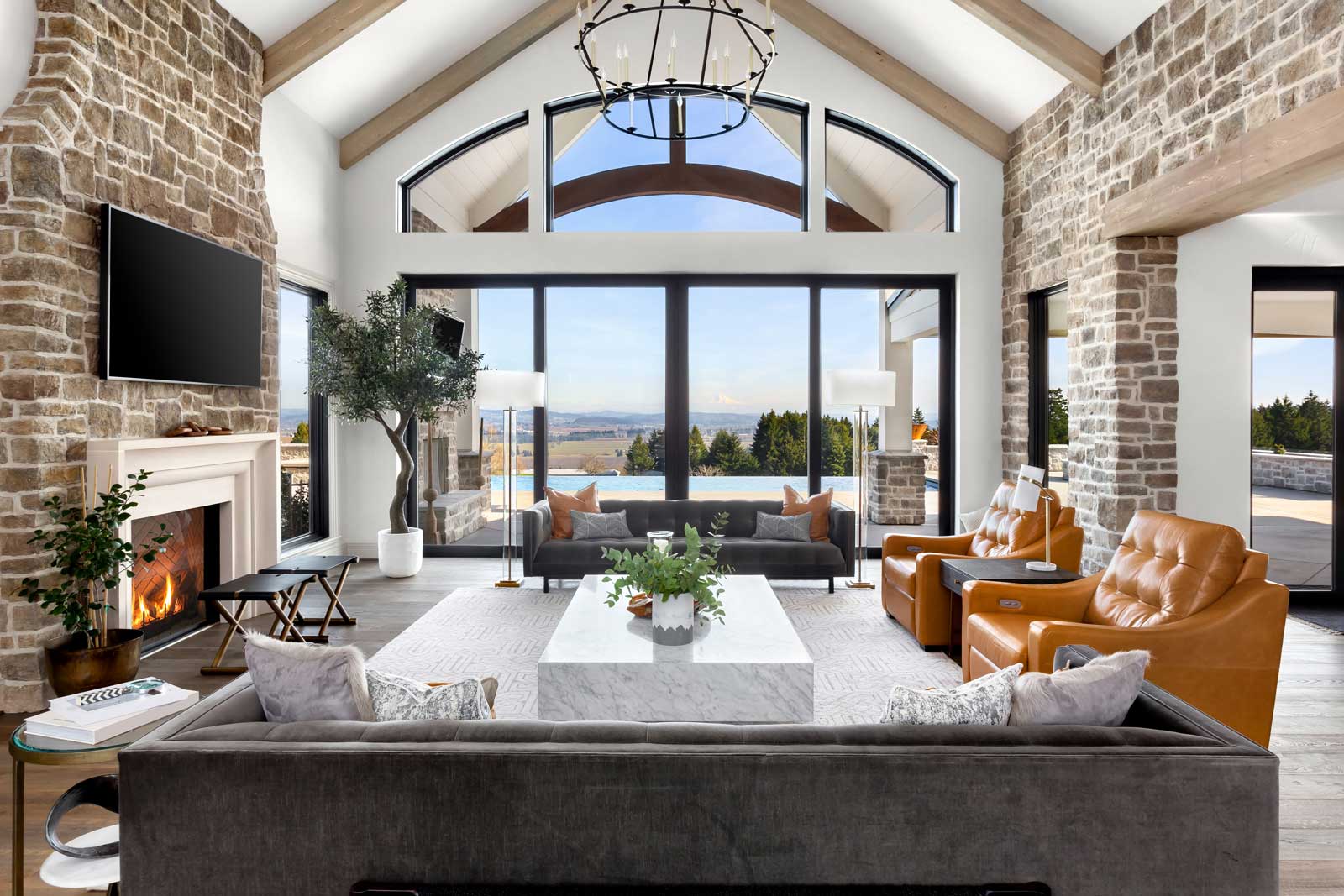
How vaulted ceilings are different than cathedral ceilings
Vaulted and cathedral ceilings are both types of arched or sloping ceilings that give a room a dramatic, elegant presence. While all cathedral ceilings are in fact vaulted ceilings, not all vaulted ceilings are considered to be cathedral ceilings. The main difference between a vaulted ceiling and a cathedral ceiling is in the pitch and framework of the roof.
Vaulted and cathedral ceilings are both types of arched or sloping ceilings, but they have some distinct differences:
- Cathedral ceilings have a peaked ridge running down the center of the room, created by two equal sloping sides that run parallel to the roof’s pitch and match the roofline. They are symmetrical and have a triangular form.
- Vaulted ceilings, on the other hand, consist of a self-supporting arch between the walls and roof that does not necessarily follow the pitch of the roof.
- They can have a single sloped side, a curved or arched slope, or unevenly sloped sides. This gives them more styling options than cathedral ceilings.
- Vaulted ceilings are usually lower than the roof and can differ in shape from the angle of the roof. Cathedral ceilings usually follow the same outline as the roof’s incline.
- Cathedral ceilings are often seen in traditional architectural styles, such as gothic cathedrals, while vaulted ceilings can be found in a variety of architectural styles, including modern homes.
- Cathedral ceilings are symmetrical with two equal sloping sides that meet at a higher point in the middle, while a vaulted ceiling can have uneven sloping sides.
| Feature | Vaulted Ceiling | Cathedral Ceiling |
|---|---|---|
| Roof Pitch | Does not follow the roof’s pitch | Follows the roof’s pitch |
| Sloping Sides | Can have a single sloped side, a curved or arched slope, or unevenly sloped sides | Has two equal sloping sides that meet at a higher point in the middle |
| Ridge | Does not have a peaked ridge | Has a peaked ridge down the center of the room |
| Design Flexibility | More design options | Less design options |
| Installation Cost | May require additional framing and structural support | Generally matches the shape of the existing roof, possibly reducing installation costs |
| Energy Efficiency | Can be more difficult to insulate and heat | Generally matches the shape of the existing roof, making it easier to insulate |
| Natural Light | Can take advantage of natural light but sometimes less effective due to the space between the roof and the ceiling | Can easily take advantage of natural light |
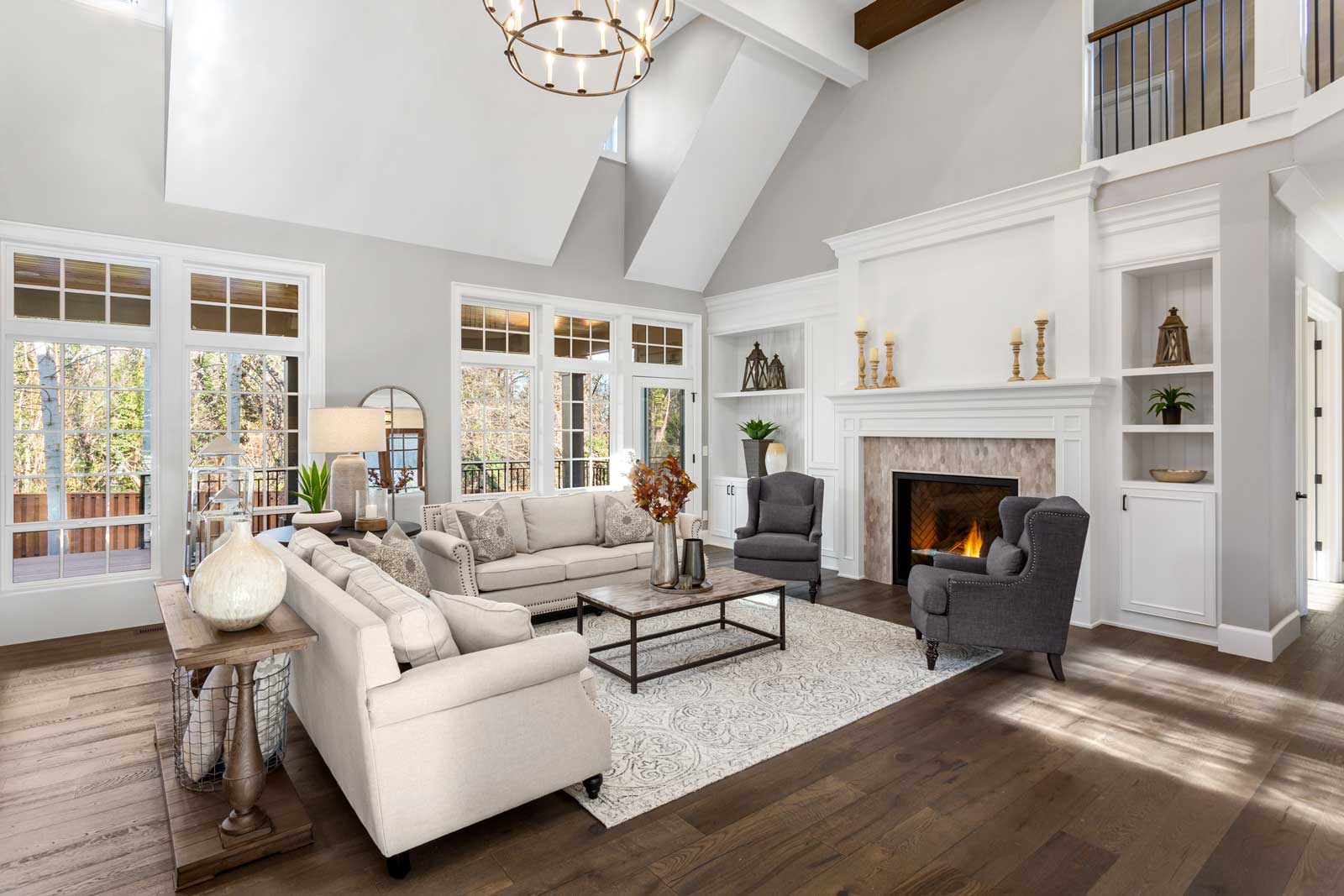
The impact on your living space of cathedral and vaulted ceilings
When it comes to living space, cathedral and vaulted ceilings can have a big impact. One of the most obvious effects is the removal of attic space and the creation of additional space in the living room. This can open up the floor plan and create a more expansive, open feel in the home.
A great room with a high ceiling can be transformed into a grand and elegant space, perfect for entertaining guests. The master bedroom can also benefit from a cathedral or vaulted ceiling, creating a luxurious and spacious retreat.
The illusion of more space is one of the most significant benefits of cathedral and vaulted ceilings. The added vertical volume can make a room feel larger and more open, even if the square footage hasn’t changed. This can be especially beneficial in smaller homes, where every inch counts.
Overall, cathedral and vaulted ceilings can be a great architectural feature to add character and grandeur to any living space. Whether you’re building a new home or looking to renovate your existing home, these types of ceilings are definitely worth considering. They can add a touch of elegance and drama to any room, making it feel more spacious, open, and inviting.
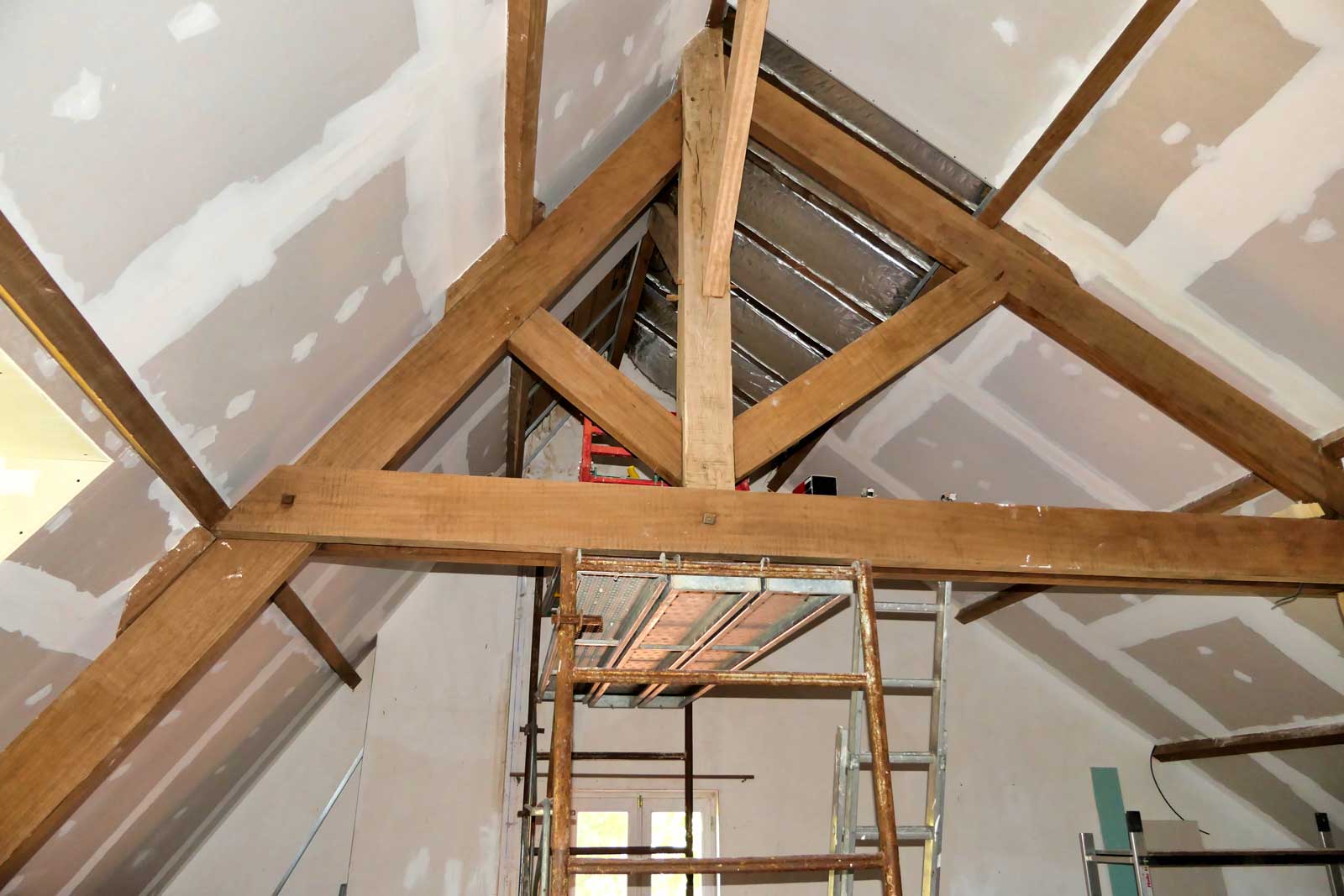
The impact on energy costs of cathedral and vaulted ceilings
When it comes to energy and cost factors, cathedral and vaulted ceilings can have a significant impact. One of the main concerns is with warm air.
Because these types of ceilings open up the space to the highest point, it can be harder to keep warm air in the room during the colder times of the year, because warm, hot air naturally rises. Just as hot air is used to launch hot-air balloons, so too that air will rise to the highest available point in your home, throughout your home and this can lead to higher energy bills.
Additionally, especially if you’re replacing your roof in a full-scale remodel of your home, the cost of installing a cathedral or vaulted ceiling can be higher because of the engineering involved in the truss design, along with the materials needed to create this kind of space.
Another factor to consider is if you’re one of those people – like us – who make liberal use of attic space. If you’re converting from a traditional ceiling all that storage space in your attic, at least for those areas where you’re using vaulted ceilings, will be gone, and we know that some people really love their attic space.
However, there are ways to mitigate these concerns. Adequate insulation is key to keeping warm air inside and reducing energy loss. One good option is to use spray foam insulation to fill the smaller areas between the rooftop surface and your interior roof boarding.
Next Steps
Want to join others who are creating the most amazing home redesigns & renovations and get more tips, tricks and hacks on how to make your home the best it can be?
Join my brand new free private Facebook group, Remodel Reality to connect with other people like you to make your space the best!
